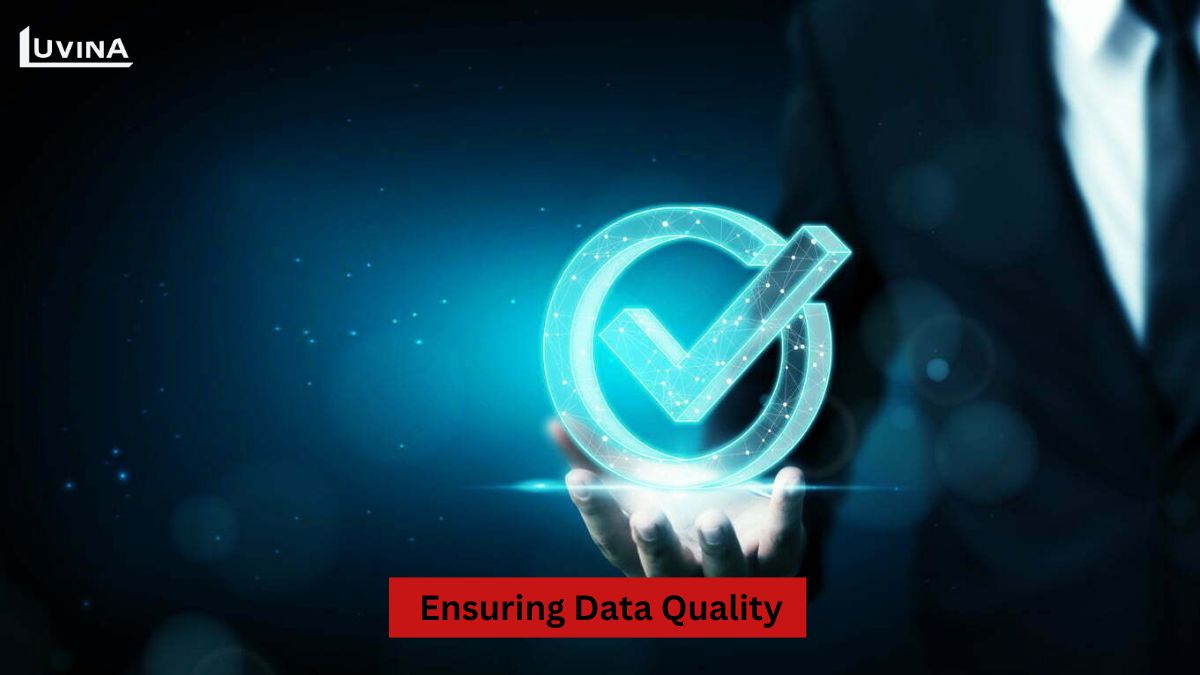Workday migration is an important strategic move to enhance competitiveness across various sectors, especially in finance and human resource management. Like many digital transformation journeys, the Workday data migration journey also involves numerous challenges, mainly data-related. The good news is that you can overcome these challenges and integrate Workday successfully with a smart strategy and the support of IT experts like Luvina.
What is workday migration?
Workday migration means data transfer from an older system or source to a new Workday system. Workday itself is an ERP system offered from the cloud and utilized by various businesses; primarily, it deals with the main functions, including human resources and finance, that support core business operations.
In migrating Workday, organizations should bring all data existing within it, including employee records, the organizational structure, and other financial data, to ensure that business runs smoothly. This migration will be achieved without much hassle through the help of IT experts or professionals experienced in Workday, and this process will ensure no major data loss or error at a low rate.

At many large companies providing Workday migration services, the migration process generally includes the following key steps:
- Step 1. Planning and analysis: Define the project scope, identify data to be migrated, assess data quality, and create a data migration strategy, including timeline, resources, and budget.
- Step 2. Data extraction: Extract data from existing systems or sources using various methods, ensuring comprehensive and accurate data extraction.
- Step 3. Data mapping and transformation: Map data fields from source systems to their corresponding fields in Workday, ensuring data is accurately formatted to meet Workday requirements. Clean and standardize data to remove duplicates, inconsistencies, or errors.
- Step 4. Data loading: Load the transformed data into Workday using Workday’s import tools or third-party migration tools, ensuring all data is migrated accurately and completely.
- Step 5. Data validation: Ensure the accuracy, completeness, and consistency of migrated data by validating and comparing migrated data with source data to identify any discrepancies or anomalies.
- Step 6. Testing: Validate the functionality and performance of the migrated data to ensure it meets business requirements.
- Step 7. Deployment: Deploy the migrated data to the production environment once data has been validated and tested, ensuring all users have access to the migrated data. Provide training on effective data use and continuous support to address any issues as users transition to the new system.
- Step 8. Post-migration support: Monitor data performance following migration, address any issues, and provide training and support for users adapting to new workflows. Continuously evaluate and optimize data management processes to maintain the integrity and accuracy of data within Workday.
Challenges & solutions of workday migration
There are many challenges that you experience during Workday migration, and most of them revolve around data. For example, legacy systems may be rich in data duplication or may even have data structures that would not fit the functionality of Workday. Each of these issues may likely result in increasing delays and project overload risks. Below are three key challenges with practical solutions you may consider as you try to address them.
1. Inconsistent data sources
Legacy systems often work in silos, each with its data structure and conventions. When extracting data for integration into Workday, you’ll need to carefully analyze each data source to understand variations in formats, units, and terminology, then convert them into a consistent target schema.
Solution: Implement a phased approach, adding one step at a time. The key will be identifying the data elements from the legacy systems, defining a common schema that will work well with Workday, and developing a transformation process so that the data is consistent. IT teams working together and communicating regularly will be essential in confronting challenges as they arise.
2. Data quality issues
When migrating to Workday, you’ll often work with legacy systems that have been in use for years, so data quality issues are common. Problems like inconsistent data entry, outdated records, or missing information can undermine the reliability of data in Workday.

Solution: Establish a data validation process, applying predefined rules to reject data that doesn’t meet requirements and fixing errors. Automated data validation tools, combined with human oversight, can help interpret discrepancies effectively.
3. Complex data reconciliation
Differences in documentation processes and data formats can make data reconciliation between legacy systems and Workday challenging.
Solution: Incremental deployment. This deployment strategy would involve phasing in testing and validation. This would utilize a combination of reconciliation tools and an automated and human-driven process of analysis and resolution involving experts in IT and other specialties.
Luvina’s Workday Data Migration services
Workday migration can cause temporary disruption to your business processes, but with Luvina’s extensive experience in handling complex, large-scale data migrations for various organizations, we ensure that your system remains up-to-date and runs smoothly throughout the migration process.
At Luvina, we don’t just migrate Workday; we transform businesses. Our experienced Workday consultants are dedicated to helping you unlock Workday’s full potential to drive productivity and growth. With a team of over 100 skilled professionals specializing in Workday solutions, we are ready to support you in migration, implementation consulting, version upgrades, customizations, and feature enhancements. The key steps in our Workday migration process include:
- Data assessment and strategy development: Through data and business process analysis, we design an effective and low-risk Workday migration strategy.
- Data mapping and transformation: Legacy data mapping and transformation ensure the new system is compatible and in line with it.
- Migration execution: Our proven methodologies are guaranteed to minimize disruptions during the migration process.
- Validation and reconciliation: Stringent data validation and reconciliation activities help ensure accuracy and prevent any sort of data loss.

Luvina currently provides Workday solutions for various sectors, from finance to HR. Partnering with Luvina for Workday migration means receiving ISO 9001 and CMMI Level 3-certified quality services. We also adhere to ISO 27001 security standards for personnel, network, and infrastructure to safeguard project information and data. Regardless of time zones, our team is available 24/7 to handle any tasks as needed, ensuring maximum support for our clients.
By partnering with Luvina, you’ll gain access to talented IT professionals from one of the most cost-effective, high-quality labor markets—Vietnam. Contact us today to experience optimized solutions at minimal cost.
Conclusion
More than a technical process, Workday migration can prove to be a crucial strategy for any business in the digital world of today. By unlocking the full potential of Workday, organizations can further innovation while sustaining a competitive advantage in the rapidly changing business environment.
Hope this article gave you a better sense of Workday migration. Need help? Get expert guidance from Luvina today.









Read More From Us?
Sign up for our newsletter
Read More From Us?
Sign up for our newsletter